TNT filler is very stable. It's fine. I mean, the grenades would not be great as hammers, but they won't explode at a touch.
everyone figured out that cope cages and improvised shields create such a gap that renders them mostly useless
Not sure how much I really want to commit to that air gap idea. Pretty much every time there is data, the ideal standoff is somewhere between 8 and 12 times the diameter for a given HEAT warhead.
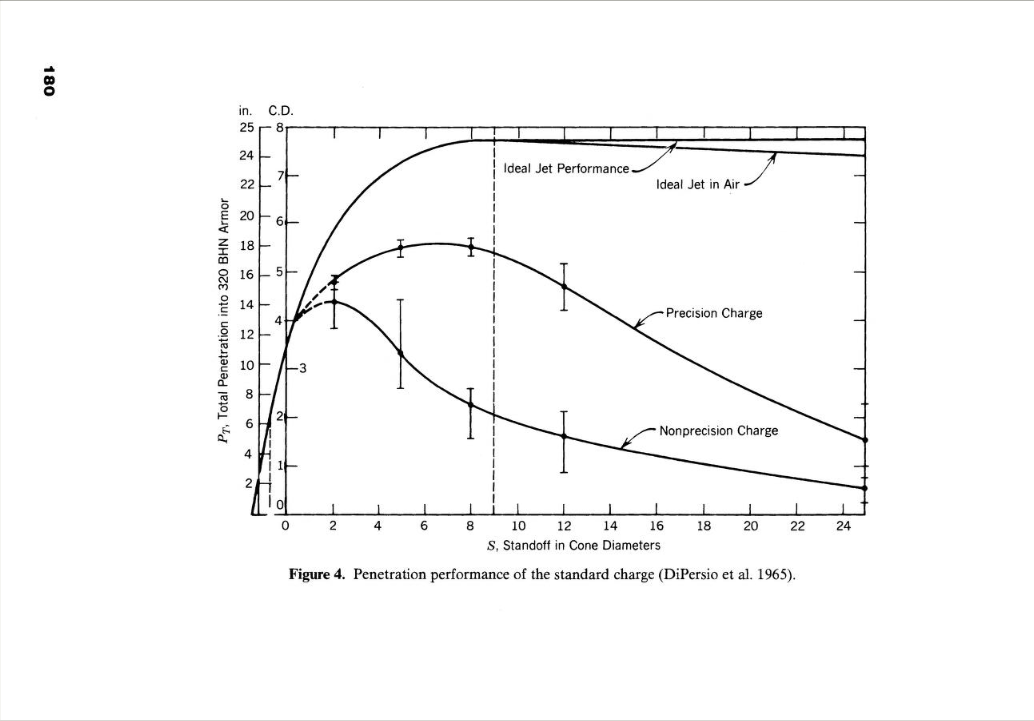
The nets and cages seen like on US vehicles weren't designed to give standoff on an ideal detonation, but to catch the nose of an incoming round in the open space and hopefully strip apart or dud it. It is commonly called "statistical armor" because it relies on the statistical chance of being hit in the right place to work.

MPDI link article with charts and more explanation.
Against a weapon which won't be shorted out by this armor it is, well, cope. The reason you don't see RKG-3s often in Ukraine footage is more likely they they aren't common, and other better options that can be fired accurately and from more distance are.
Oh, they made a football grenade don't you worry.
Stick grenades?
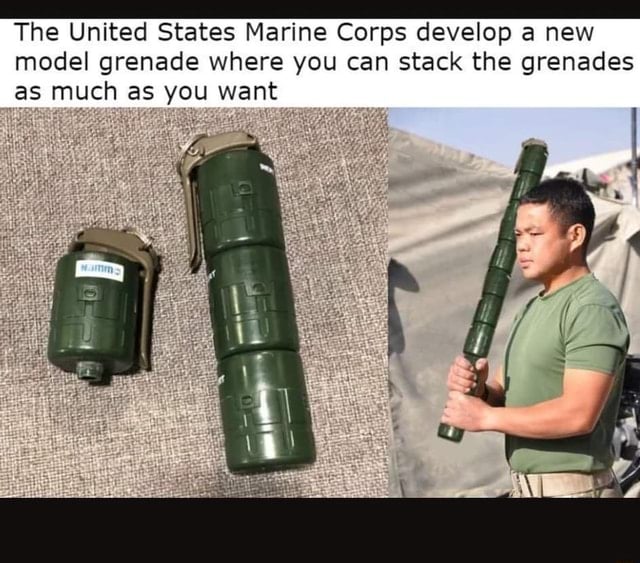
HEAT is just a type of warhead. You can put it into lots of things. You are correct that the front of the warhead needs to be facing the target.
In hand grenades, the penetrator usually faces down compared to the "stick". The sticks in these grenades are not simple wooden sticks, but hollow metal ones containing parachutes. The grenade is meant to be thrown in a large arc or dropped from above (from a bridge or building) on to the tank. The parachute helps drag the back of the grenade and keep the penetrator pointed at the target (maybe).
That and all the other reasons. The only stick grenades still around in appreciable numbers are anti-armor grenades where the handle has a parachute inside. For normal fragmentation grenades, essentially everyone has moved to non-stick grenades (except the USMC who want to make stick grenades).
Even in WW2, the Germans produced more of the boring looking Model 39 grenades than they did of the iconic and eye catching stick grenades. People notice what they want to notice.
Their doctrine was the stick type was for offensive operations
A minor addendum, the M24 and M43 stick grenades both had fragmentation sleeves produced for them. These could be quickly fitted over the grenades to change them from offensive to defensive grenades. Similar to the RGD-33 stick grenades used by the Soviets.

I assume this has something to do with the distance you can throw them.
The difference between offensive and defensive grenades is defined by how much fragmentation they produce. Without a fragmentation sleeve, a German stick grenade produces blast and concussion but very minimal fragmentation, making it's practical danger area smaller. This is good for an offensive grenade where the person throwing it likely has less cover than the person receiving it. A defensive grenade produces fragmentation, and is desired when the person throwing it has cover to hide behind safely.
The non-stick grenade commonly used by the Germans in WW2, was the Model 39 ("egg grenade"), and it actually came in both offensive and defensive flavors. So really, either a stick or egg grenade could be used for either role.
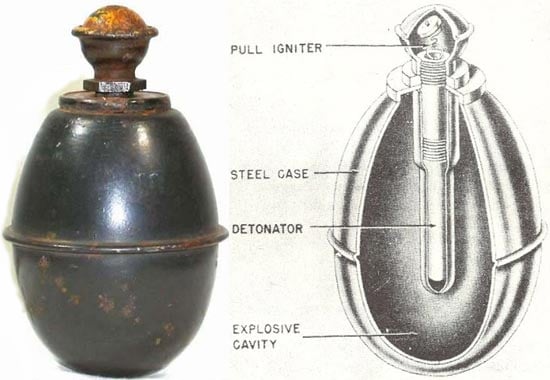

Actually, they just described a HEAT grenade. Of the cute anti-armor grenades with parachutes, the RKG-3 is a great example. The purpose of the parachute is to make sure the HEAT penetrator is facing the right direction.

I know, I know we are on lemmy, where all judges are wrong and evil, but this actually seems pretty cut and dry.
Act No. 320 of 1937 ("Pennsylvania Election Code"). Section 1306-D:
(a) General rule.--At any time after receiving an official mail-in ballot, but on or before eight o'clock P.M. the day of the primary or election, the mail-in elector shall, in secret, proceed to mark the ballot only in black lead pencil, indelible pencil or blue, black or blue-black ink, in fountain pen or ball point pen, and then fold the ballot, enclose and securely seal the same in the envelope on which is printed, stamped or endorsed "Official Election Ballot." This envelope shall then be placed in the second one, on which is printed the form of declaration of the elector, and the address of the elector's county board of election and the local election district of the elector. The elector shall then fill out, date and sign the declaration printed on such envelope.
Abridged:
At any time after receiving an official mail-in ballot, but on or before eight o'clock P.M. the day of the primary or election the mail-in elector shall [...] then fill out, date and sign the declaration printed on such envelope.
The "correct date" is any date before or on the day of the election, according to the code. A judge reads and interprets the written law, and this seems like a simple read.
The counter argument to the apparently unanimous reading of the law by all parties presented in court hinged on: "Pennsylvania's constitution, which says that elections in the state 'shall be free and equal' " making the law itself unconstitutional, which I'm not surprised wasn't very persuasive. Ballot envelopes without written dates were presumably treated equally (as opposed to being treated differently based on the vote cast) and the state didn't interfere with the ability to fill out the date. The rules were laid down and everyone who followed them had their vote counted equally.
I can already hear people in the comments screaming about how they don't like it. The standards for the mail-in ballots have been there since 1937 and nobody had a problem with them until right this moment when it looked like letting them slide might flip a close election. If you still don't like them, pressure the legislature, not the judges. There's not a ton of wiggle room in how to read the code.
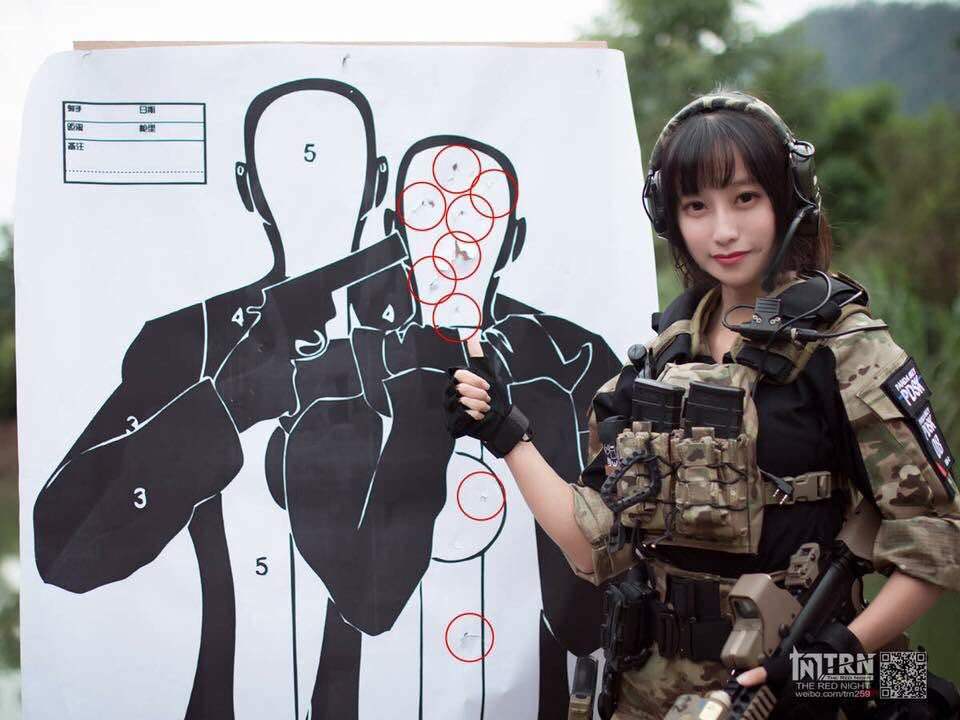

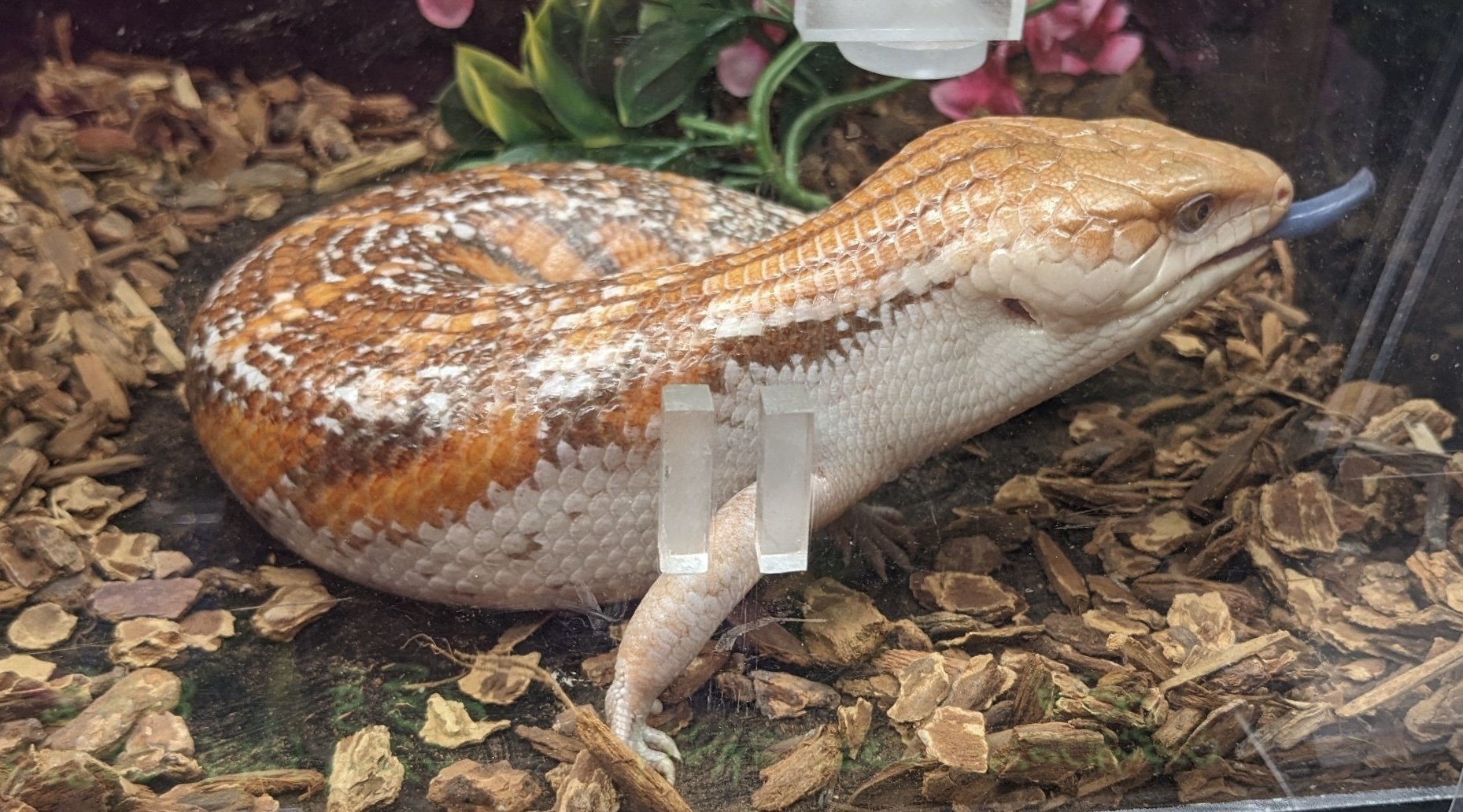





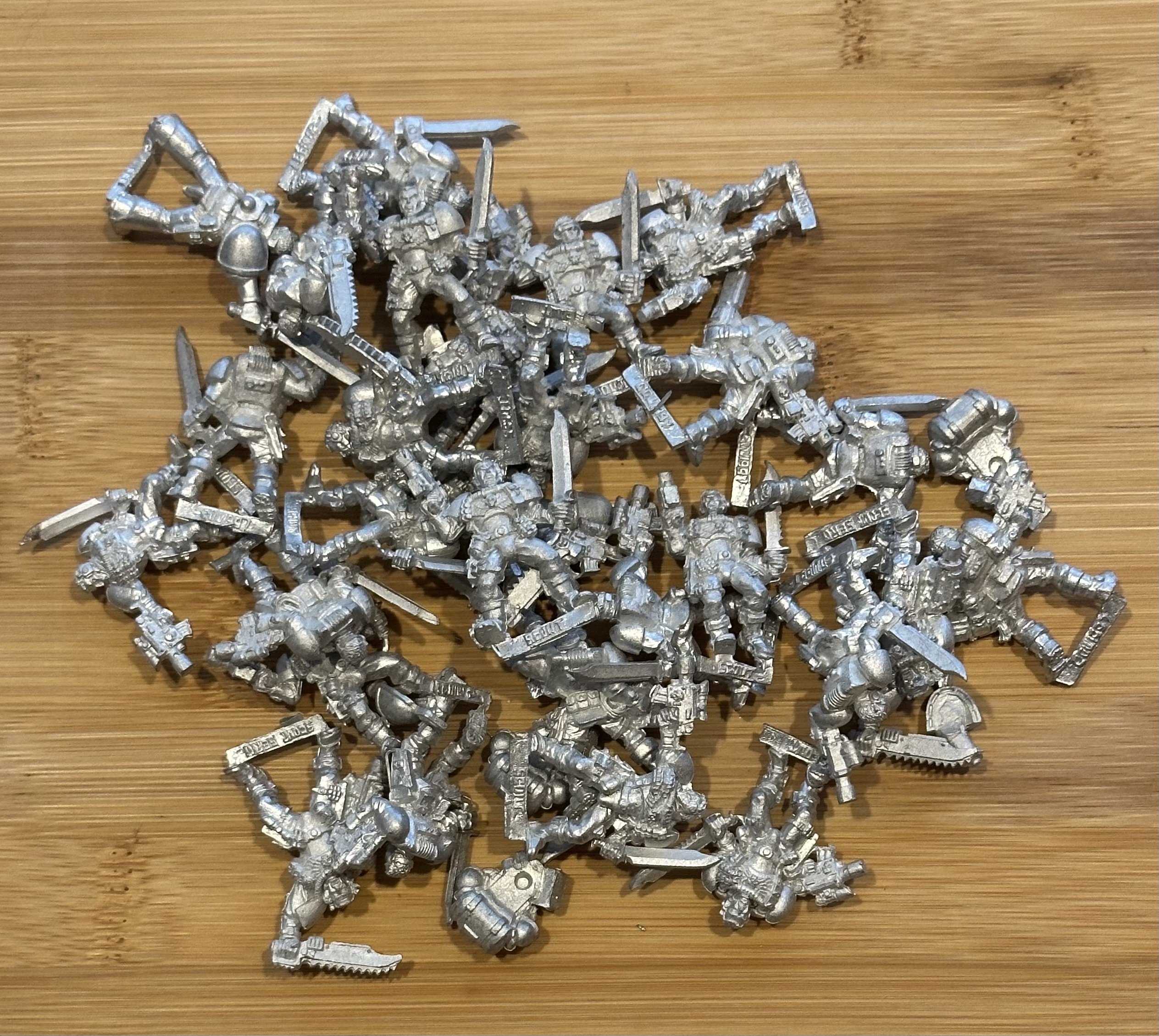
Unbothered. Ventilated. Happy. In their lane. Focused. Hemorrhaging.